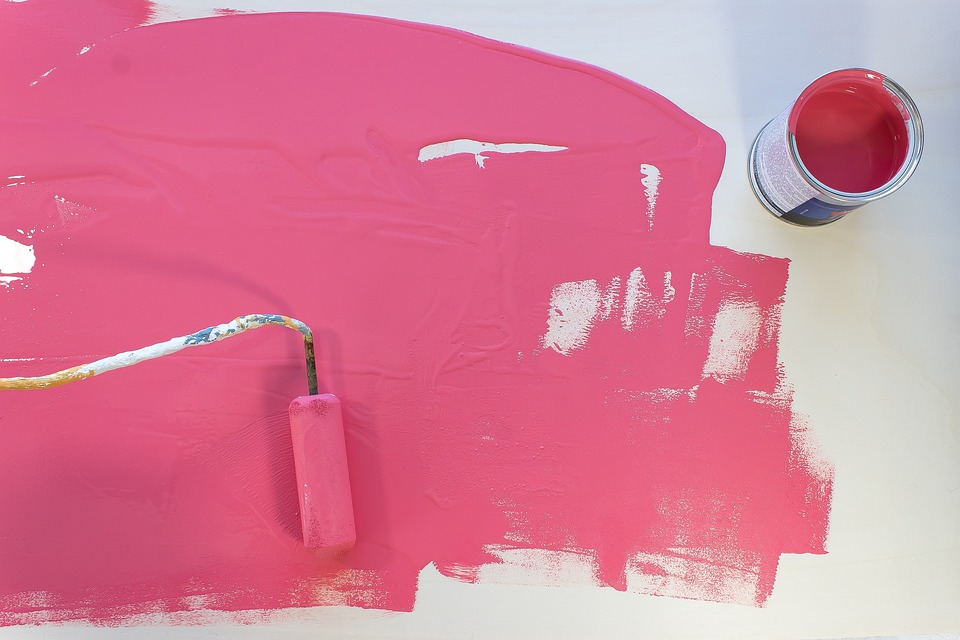When you intend to do a wall renovation, you need to know which materials and coatings are suitable for each location. They should also match the decor. This article will help you choose the right wall covering for each area.
Interior Wall Covering
Let’s start with the interior wall covering. There are several options available to you.
Wall paint
Paint is the most common wall covering. It is applied to a flawless surface. Matte is ideal for living rooms and adult bedrooms. Glossy, reflecting the light, is suitable for dirty places, requiring the preparation of the surface before its application. Satin is particularly recommended for bedrooms because of its soft and velvety appearance.
In any case, it is possible to combine different finishes, preferably double-coat, to have a homogeneous color, especially if you doubt the quality of the paint. However, if you wish to apply a single coat, leave this task to wall covering professionals to guarantee impeccable results.
Traditional Wallpaper
Traditional wallpaper is a sheet of paper printed with a design. It is quite delicate. For this reason, it is not suitable for wet rooms such as bathrooms. However, it provides enough effect in living rooms, hallways, and bedrooms. To get the best effect, the wall must be smooth and dry. You can choose between adhesive wallpaper or magnetic wallpaper. It is also possible to opt for a wallpaper with traditional gluing.
Wall Cork
This type of covering is a perfect sound and heat insulator, which resists moisture, fire, and wear. It is suitable for all rooms in the house and can be combined with other coverings such as wallpaper, paneling, tiles, etc. Its installation is relatively easy. Indeed, you will have to respect the alignment of the tiles and avoid traces of glue. If you have trouble with the installation, contact a specialized company.

Wall Tiles
Tiles are generally laid in the bathroom and kitchen. The floor tiles can be adapted to a wall covering such as earthenware for more aesthetics. This very decorative material is usually presented in a frieze or fresco. As for the color, the wall tiles must be less dark than the floor tiles. It ensures a perfect seal despite the humidity and heat.
Wall Paneling
Very decorative, the wall paneling is suitable for all rooms in the house. However, you should not cover the entire room with this material because it crushes the volumes. The frame installation is the most suitable. Indeed it is simple to achieve, acts as an insulator that allows for good ventilation. Wall paneling is also appreciated for its durability.
Exterior Wall Cladding
If you have decided to renovate the interior cladding, you should not do things by halves. Here are the ideal materials for exterior wall cladding.
Wall cladding
Wall cladding panels are ideal for exterior wall cladding. Avoid plaster materials and use a temperature-resistant adhesive when installing. In addition, use a waterproof joint.
Siding
Siding is specially designed for exterior wall coverings to protect them from the elements. In addition to modifying the exterior appearance, it resists mechanical shocks. It also promotes thermal and sound insulation. It adapts to any construction (stone, brick, etc.) without modifying the nature of the building.
Wall Covering
It is recommended for the finishing of garden walls. Wall covering is not only decorative but also protects the walls from moisture. It is recommended to choose a wall covering suitable for the same style of the existing wall (concrete or stone). For installation, the wall surface must be perfectly flat.


